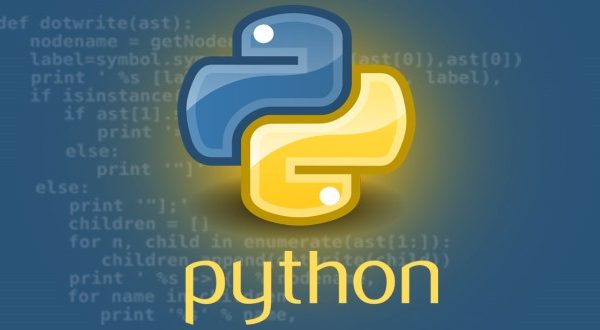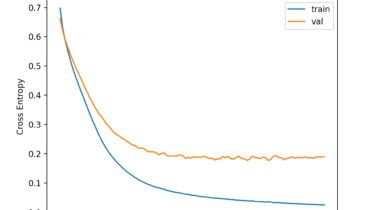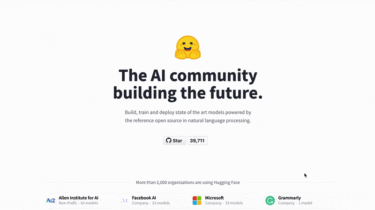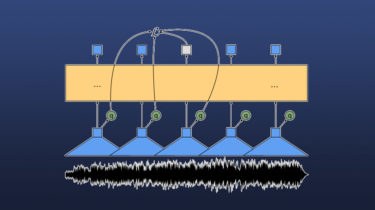Python: How to Add Key to a Dictionary
Introduction A dictionary in Python is a collection of items that store data as key-value pairs. We can access and manipulate dictionary items based on their key. Dictionaries are mutable and allow us to add new items to them. The quickest way to add a single item to a dictionary is by using referencing a dictionary’s index with a new key and assigning a value. For example, we add a new key-value pair like this: snacks[‘chocolate’] = 5 Python allows […]
Read more





